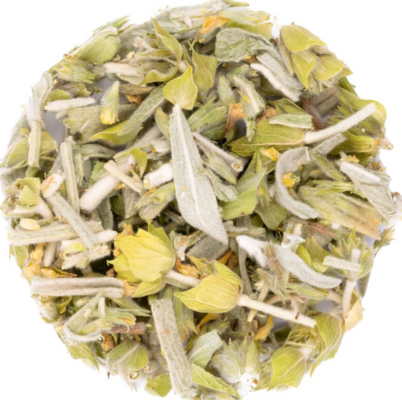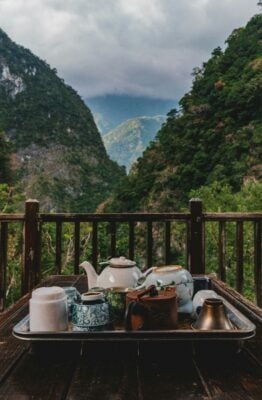China is known for its rich collection of specialty teas, but few could match the rich and sharp, yet somewhat floral and smokey aroma of Keemun tea, a flavor profile at times compared to that of cacao. Keemun has also not only enjoyed widespread fame in homeland China, but as a mainstay base blend for English Breakfast tea it has managed to expand its popularity the world over.
Like with many other teas Keemun is named after the region in which the tea is produced, which originally was exclusively the Qimen County in the Anhui province. The tea has been cultivated in between the gorgeous scenery of the Yellow Mountains and the Yangtze river for well over a hundred years. The terroir of low temperatures, foggy forests, Although this region was initially known for its production of green teas, in 1875 a government official from the region visited the neighboring Fujian region and adopted their methods of producing black tea, and implementing them in his home region.

Keemun tea is produced in a quite distinct way, adding to its prestige among black teas. The leaves of the tea are harvested in the spring and summer, and only the best buds and leaves are picked. Another selection process sorts out the most high quality leaves even further. They then are put through a very time consuming withering process, which adds to the complex taste of the tea. Once the leaves are adequately dried they are rolled into their distinguishable shape. The leaves then enter an oxidation process, giving the leaves their darker color, and finally the leaves are roasted over fire in large woks, before being packaged and sold.
There are three main types of Keemun tea. The first is Keemun Mao Feng, a variety that is harvested earlier than its counterparts, and consists of a few small (young) leaves and the bud of the plant, giving the tea a light and sweet taste. The second is Keemun Hao Ya, a tea also made from the small leaves and the bud, but these are harvested much later, providing the tea with a more intense flavor. Finally, there is Keemun Gongfu, a tea made from whole leaves specifically for the Chinese Gongfu tea ceremony.
As with other black teas it is important to brew Keemun correctly to prevent the taste from becoming too strong and bitter. However, if you know what to do, the process isn’t that difficult. Take 1-2 teaspoons of leaves for every 8 ounces of water (spring water if possible), and steep the tea for 2-3 minutes in 194 degrees Fahrenheit. Milk can be added at your own discretion.



